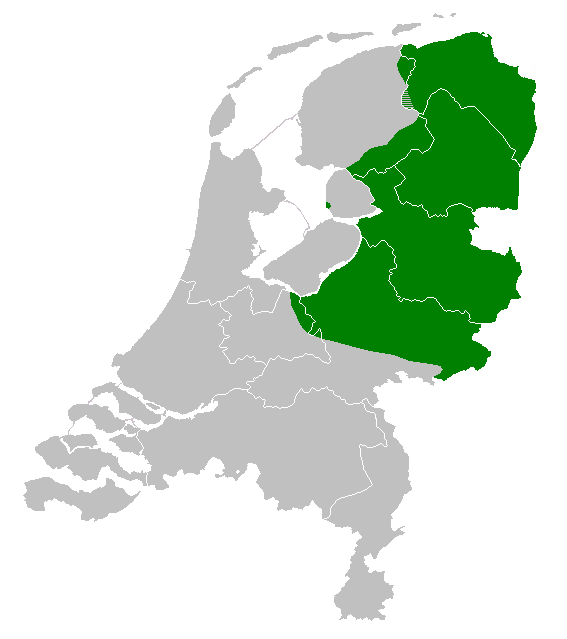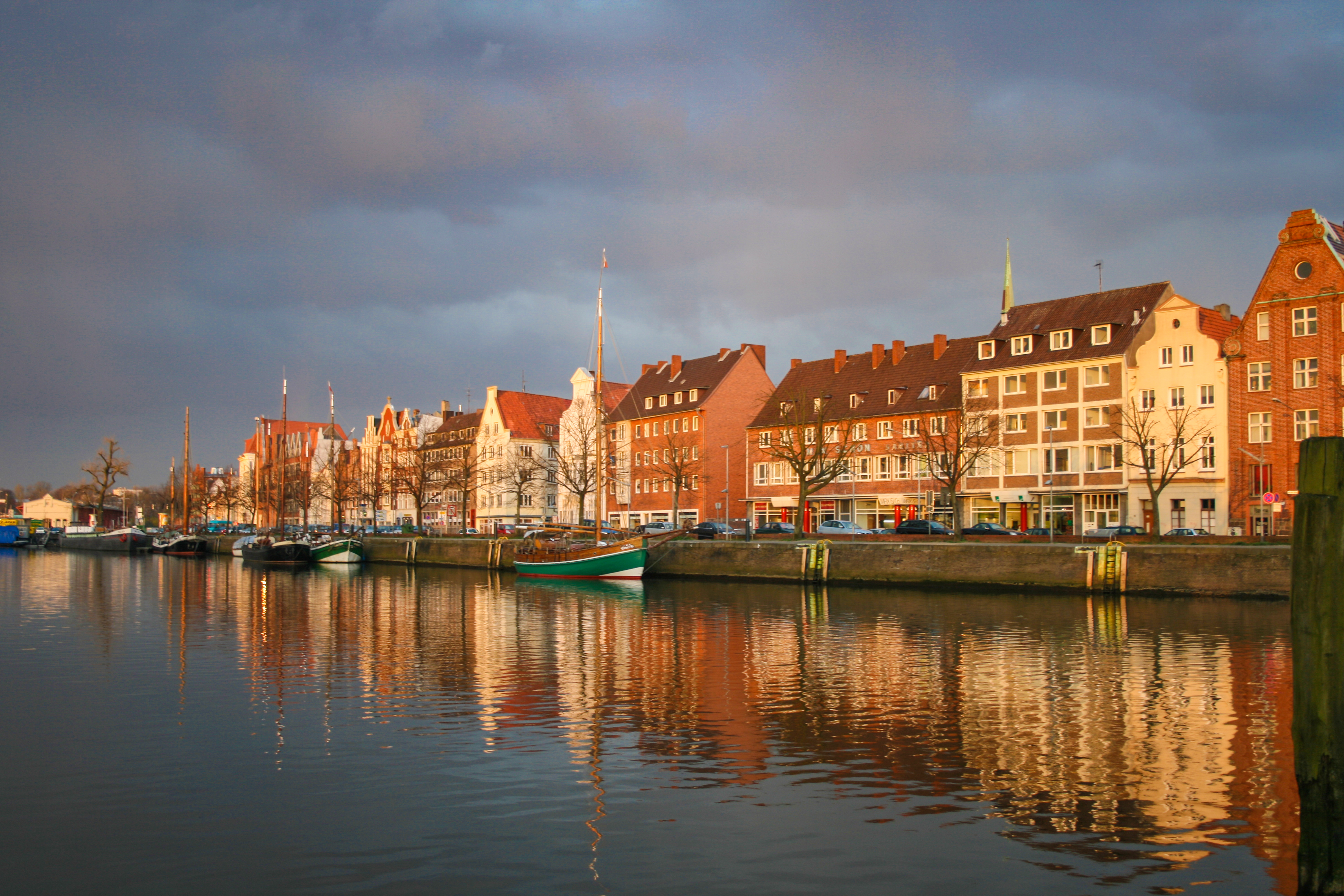|
Travenbrück
Travenbrück ( West Low German: ''Travenbrüch'') is a municipality in the district of Stormarn, in Schleswig-Holstein, Germany. The towns of Neverstaven, Nütschau, Schlamersdorf, Sühlen, Tralau and Vinzier are in the municipality. History The municipality was created on 1 January 1978 through the merging of two former municipalities, Tralau and Travenburg. Politics Of the fourteen seats in the municipal council, the Free Voter party AWGT has held seven seats since the local elections on 26 May 2013, the CDU four seats and the SPD three seats. The voter turnout was approximately 59%. The current mayor is Peter Lengfeld. Coat of Arms The blazon of the coat of arms of the municipality is as follows: :Per bend sinister Gules and Azure, a bend sinister wavy Argent. In chief the facade of Nütschau Priory Argent, over all a bridge Argent. The wavy ordinary in the coat of arms depicts the Trave, which separates the districts. The bridge connects the districts literally, an ... [...More Info...] [...Related Items...] OR: [Wikipedia] [Google] [Baidu] |
Nütschau Priory
Nütschau Priory (in German Kloster Nütschau or Priorat Sankt Ansgar) is a house of the Benedictine Order located at Travenbrück near Bad Oldesloe, Stormarn, Schleswig-Holstein in Germany. History Nütschau is the northernmost Benedictine monastery in Germany. Around 830 a castle was built on the Trave, surrounded and secured with an earth wall: the Nütschauer Schanze, part of a Carolingian fortification. In 1577 Heinrich Rantzau built the small moated castle, the "Castrum Nutzkow". The turret was added to the center gable in 1792. The Benedictine house originated after World War II as a refuge for displaced persons, particularly Catholics from the former German territories. The church acquired the former Nütschau manor house (''Herrenhaus Nütschau'') in 1951 and at the request of Hermann Wilhelm Berning, the Bishop of Osnabrück, it was developed by and staffed from Gerleve Abbey. St. Ansgar's House (''Haus Sankt Ansgar'') opened in 1954, initially as a retreat house. In ... [...More Info...] [...Related Items...] OR: [Wikipedia] [Google] [Baidu] |
Stormarn (district)
Stormarn () is a district in Schleswig-Holstein, Germany. It is bounded by (from the north and clockwise) the districts of Segeberg and Ostholstein, the city of Lübeck, the district of Lauenburg, and the city-state of Hamburg. History In medieval times the name Stormarn was applied to a larger area, of which the present-day district is only the eastern half. It was the home of the Saxon tribe the Sturmarii. Stormarn became a part of Holstein in the 12th century. When Schleswig-Holstein became a province of Prussia in 1867, the Prussian administration established the district of Stormarn, with Wandsbek as its capital. In 1937 the southwestern part of the district was incorporated into Hamburg, and the district lost half of its population. Since Wandsbek was now a borough of Hamburg, the capital was moved to Bad Oldesloe after the war. In 1970 Stormarn again lost a substantial portion of its territory, when the city of Norderstedt was founded in order to become a part of the S ... [...More Info...] [...Related Items...] OR: [Wikipedia] [Google] [Baidu] |
West Low German
Low Saxon, also known as West Low German ( nds, Nedersassisch, Nedersaksies; nl, Nedersaksisch) are a group of Low German dialects spoken in parts of the Netherlands, northwestern Germany and southern Denmark (in North Schleswig by parts of the German-speaking minority). It is one of two groups of mutually intelligible dialects, the other being East Low German dialects. A 2005 study found that there were approximately 1.8 million "daily speakers" of Low Saxon in the Netherlands. 53% spoke Low Saxon or Low Saxon and Dutch at home and 71% could speak it. loemhoff, H. (2005). Taaltelling Nedersaksisch. Een enquête naar het gebruik en de beheersing van het Nedersaksisch in Nederland. Groningen: Sasland./ref> According to another study the percentage of speakers among parents dropped from 34% in 1995 to 15% in 2011. The percentage of speakers among their children dropped from 8% to 2% in the same period. Extent The language area comprises the North German states of Lower Saxony, N ... [...More Info...] [...Related Items...] OR: [Wikipedia] [Google] [Baidu] |
Schleswig-Holstein
Schleswig-Holstein (; da, Slesvig-Holsten; nds, Sleswig-Holsteen; frr, Slaswik-Holstiinj) is the northernmost of the 16 states of Germany, comprising most of the historical duchy of Holstein and the southern part of the former Duchy of Schleswig. Its capital city is Kiel; other notable cities are Lübeck and Flensburg. The region is called ''Slesvig-Holsten'' in Danish and pronounced . The Low German name is ''Sleswig-Holsteen'', and the North Frisian name is ''Slaswik-Holstiinj''. In more dated English, it is also known as ''Sleswick-Holsatia''. Historically, the name can also refer to a larger region, containing both present-day Schleswig-Holstein and the former South Jutland County (Northern Schleswig; now part of the Region of Southern Denmark) in Denmark. It covers an area of , making it the 5th smallest German federal state by area (including the city-states). Schleswig was under Danish control during the Viking Age, but in the 12th century it escaped full control ... [...More Info...] [...Related Items...] OR: [Wikipedia] [Google] [Baidu] |
Germany
Germany,, officially the Federal Republic of Germany, is a country in Central Europe. It is the second most populous country in Europe after Russia, and the most populous member state of the European Union. Germany is situated between the Baltic and North seas to the north, and the Alps to the south; it covers an area of , with a population of almost 84 million within its 16 constituent states. Germany borders Denmark to the north, Poland and the Czech Republic to the east, Austria and Switzerland to the south, and France, Luxembourg, Belgium, and the Netherlands to the west. The nation's capital and most populous city is Berlin and its financial centre is Frankfurt; the largest urban area is the Ruhr. Various Germanic tribes have inhabited the northern parts of modern Germany since classical antiquity. A region named Germania was documented before AD 100. In 962, the Kingdom of Germany formed the bulk of the Holy Roman Empire. During the 16th ce ... [...More Info...] [...Related Items...] OR: [Wikipedia] [Google] [Baidu] |
Blazon
In heraldry and heraldic vexillology, a blazon is a formal description of a coat of arms, flag or similar emblem, from which the reader can reconstruct the appropriate image. The verb ''to blazon'' means to create such a description. The visual depiction of a coat of arms or flag has traditionally had considerable latitude in design, but a verbal blazon specifies the essentially distinctive elements. A coat of arms or flag is therefore primarily defined not by a picture but rather by the wording of its blazon (though in modern usage flags are often additionally and more precisely defined using geometrical specifications). ''Blazon'' is also the specialized language in which a blazon is written, and, as a verb, the act of writing such a description. ''Blazonry'' is the art, craft or practice of creating a blazon. The language employed in ''blazonry'' has its own vocabulary, grammar and syntax, which becomes essential for comprehension when blazoning a complex coat of arms. Ot ... [...More Info...] [...Related Items...] OR: [Wikipedia] [Google] [Baidu] |
Trave
The Trave () is a river in Schleswig-Holstein, Germany. It is approximately long, running from its source near the village of Gießelrade in Ostholstein to Travemünde, where it flows into the Baltic Sea. It passes through Bad Segeberg, Bad Oldesloe, and Lübeck, where it is linked to the Elbe–Lübeck Canal. It is navigable for sea-going vessels from the Baltic to the Lübeck ports. The Herren Tunnel crosses the Trave, as do numerous bridges, and a ferry connects Travemünde with Priwall Peninsula, Priwall. Tributaries of the Trave include the Wakenitz and the Stepenitz (Trave), Stepenitz. Course Source and upper Trave The Trave rises in Gießelrade (a village in Ostholstein), whence it flows first southwesterly through the Wardersee to Bad Segeberg and then further south to Bad Oldesloe. There it bends eastward to just south of Reinfeld, Schleswig-Holstein, Reinfeld, flowing past Hamberge and (a district of Lübeck) to reach Lübeck. In Lübeck The Elbe–Lübeck Canal joi ... [...More Info...] [...Related Items...] OR: [Wikipedia] [Google] [Baidu] |
Heinrich Rantzau
Heinrich Rantzau or Ranzow (Ranzovius) (11 March 1526 – 31 December 1598) was a German humanist writer and statesman, a prolific astrologer and an associate of Tycho Brahe. He was son of Johan Rantzau. He was Governor of the Danish royal share in the Duchy of Holstein, a rich man and celebrated book collector. Rantzau is perhaps best remembered as a patron of scholars. His own ''Tractatus astrologicus de genethliacorum thematum'' appeared in 1597, and went through five editions by 1615. In his own time, he was regarded as a generous supporter of artists and writers in Lübeck, many of whom he engaged to write memorials of his father. Rantzau was also a successful merchant with trading interests in the east-west trade through Husum and Lübeck. Rantzau was awarded the Danish Order of the Elephant in 1580 by King Frederick II of Denmark. His oldest son Breide Rantzau was a councillor of the Danish realm, and a younger son, Gert Rantzau, was Captain of the castles of Kronbo ... [...More Info...] [...Related Items...] OR: [Wikipedia] [Google] [Baidu] |
Renaissance Revival Architecture
Renaissance Revival architecture (sometimes referred to as "Neo-Renaissance") is a group of 19th century architectural revival styles which were neither Greek Revival nor Gothic Revival but which instead drew inspiration from a wide range of classicizing Italian modes. Under the broad designation Renaissance architecture nineteenth-century architects and critics went beyond the architectural style which began in Florence and Central Italy in the early 15th century as an expression of Renaissance humanism; they also included styles that can be identified as Mannerist or Baroque. Self-applied style designations were rife in the mid- and later nineteenth century: "Neo-Renaissance" might be applied by contemporaries to structures that others called "Italianate", or when many French Baroque features are present (Second Empire). The divergent forms of Renaissance architecture in different parts of Europe, particularly in France and Italy, has added to the difficulty of defining an ... [...More Info...] [...Related Items...] OR: [Wikipedia] [Google] [Baidu] |
Art Nouveau
Art Nouveau (; ) is an international style of art, architecture, and applied art, especially the decorative arts. The style is known by different names in different languages: in German, in Italian, in Catalan, and also known as the Modern Style (British Art Nouveau style), Modern Style in English. It was popular between 1890 and 1910 during the Belle Époque period, and was a reaction against the academic art, eclecticism and historicism of 19th century architecture and decoration. It was often inspired by natural forms such as the sinuous curves of plants and flowers. Other characteristics of Art Nouveau were a sense of dynamism and movement, often given by asymmetry or whiplash lines, and the use of modern materials, particularly iron, glass, ceramics and later concrete, to create unusual forms and larger open spaces.Sembach, Klaus-Jürgen, ''L'Art Nouveau'' (2013), pp. 8–30 One major objective of Art Nouveau was to break down the traditional distinction between fine ... [...More Info...] [...Related Items...] OR: [Wikipedia] [Google] [Baidu] |




